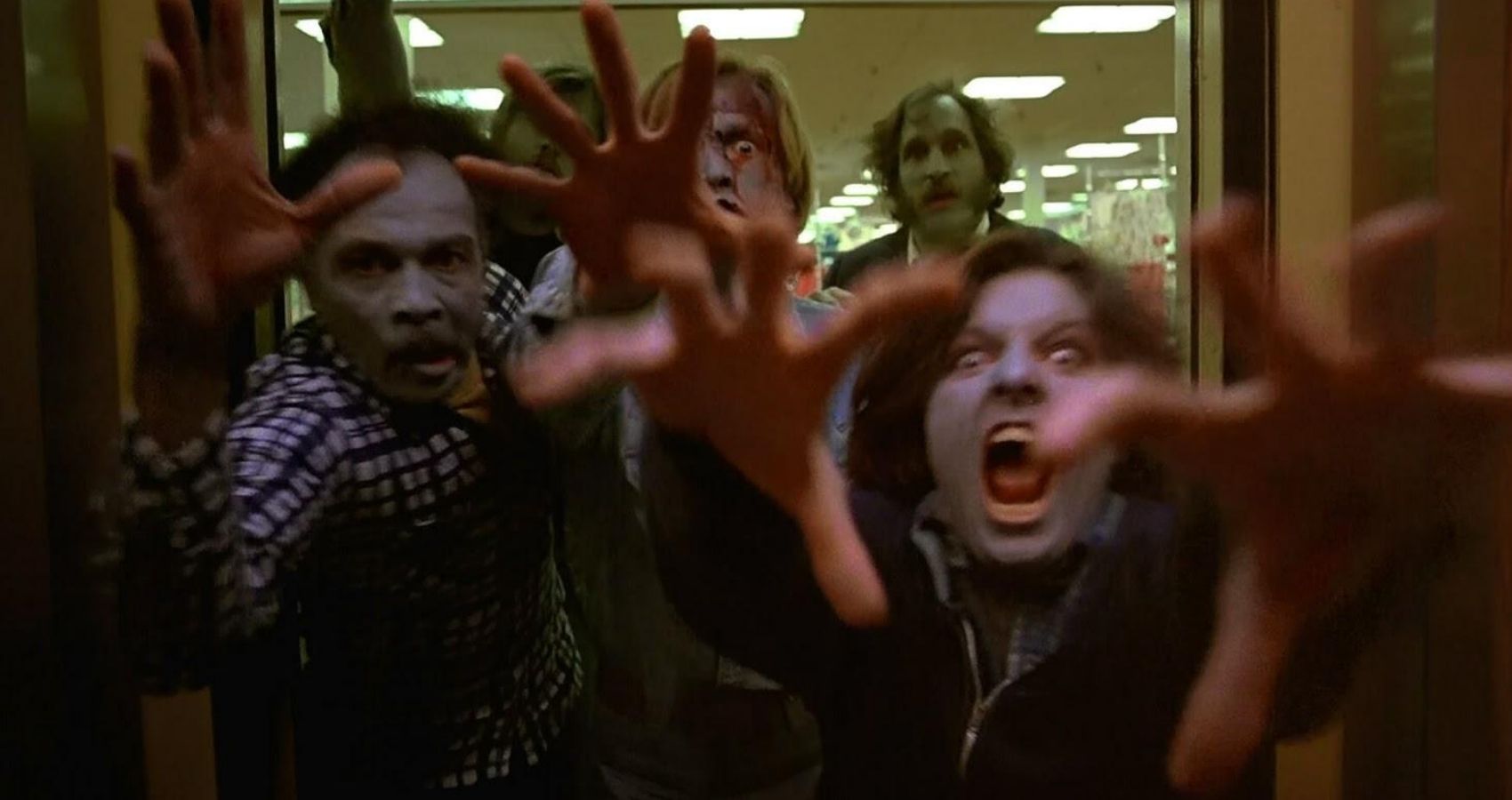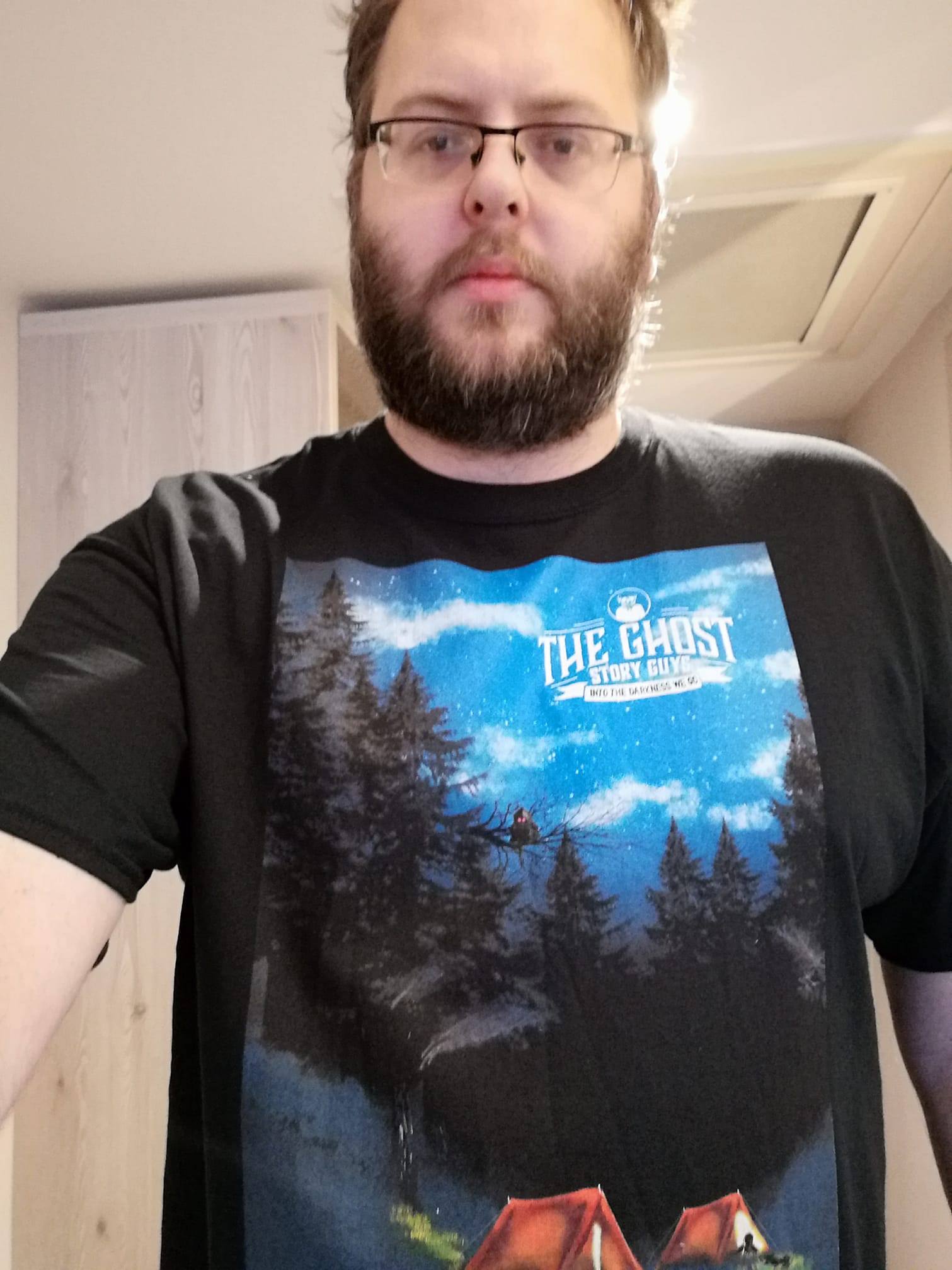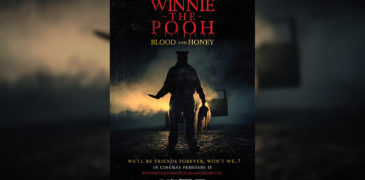
What do traditional Romero zombies and VHS era classic mascot slashers have in common? They’re slow, but they’re implacable. They will just keep on coming, and coming, until you make a mistake or just get unlucky, until they inevitably catch you…
Now, you know where this gets cool and more than a little primal? Human evolution. Well, hominid, depending on how far back you go. We don’t have claws. Our teeth are kind of “meh”, made for eating basically anything so no real specialization. We aren’t very fast. While we can be sneaky, we don’t have natural camouflage. But we, or else the proto humans, want that delicious high calorific meat of other animals (who have the poor judgement to be made of this delicious substance).
So what do we do? We stalk. Our bipedal gait has gravity doing half the work, we’re ape enough still to be able to deal with rough terrain, our weird lumpy bodies don’t have the raw power of our distant relative simians but they ARE built for incredible levels of endurance. So we stalk. We follow.

Our prey stops to drink after it has sprinted, and here we come catching up. They run again, and we follow. They stop panting, desperate to recover, and these sweaty hairless apes just keep coming with no need to stop to cool down. Until eventually the prey can run no more, and our early great inventions of Pointy Stick and/or Rock seal the deal. MEAT!
Early humans were the perfect Persistent Predator, able to relentlessly harass sprinting prey animals with a combination of cunning and endurance that isn’t matched anywhere else in the animal kingdom. This seems to still be hardwired into us somewhat and we can see glimpses of it in horror movies like Halloween, Friday the 13th(mostly Jason but even Mama Vorhees), the Trilogy of the Dead, and recent remixes such as It Follows or It Stains the Sands Red.
Ever wondered why the relentless walk was so scary? It’s because this is how Homo Sapiens used to stock up the barbeque before agriculture caught on, and we still on some level recognize the technique…
More reviews:
Winnie the Pooh: Blood and Honey (2023) Film Review – Poorly-Written Tripe
I’m all for enjoying bad films, in fact, some of my favourite films are schlocky B-movies from the 70s. However, I would always argue that these films, whilst terrible, always…
M3GAN (2022) Film Review – The Creepy, Dancing Doll that Captured our Hearts
In the Fall of 2022, the horror movie community got a jolt when the trailer for director Gerard Johnstone’s and screenwriter Akela Cooper’s sci-fi/horror film, M3GAN, dropped. The trailer’s…
Initiation (2021) Film Review – Pledges to Challenge Slasher Expectations
Combine the carnage of slasher films and socially relevant commentary, and you’ve got the recipe for a horror film that cuts deep, literally and figuratively. For this writer, Initiation does…
Unnamed Footage Festival Short Films Collection (2024) – Short but Sweet [Unnamed Footage Festival 7]
At this year’s Unnamed Footage Festival, the lineup of short found footage films promises to immerse audiences in thrilling and chilling narratives captured through unconventional lenses. From eerie home videos…
The Abandoned (2006) Film Review – Abandon All Hope
The Abandoned is a 2006 horror thriller, written and directed by Nacho Cerdá with additional writing from Karim Hussain and Richard Stanley. Mostly known as a director of shorts and…
The Degenerates (2021) Film Review – An Astounding, Unforgettable Experience
The Degenerates is a 2021 extreme found footage horror film, written and directed by Jonathan Doe and produced under Vile Video Productions. The film is the second entry to Jonathan’s…

Luke Greensmith is an Editor at the Grimoire of Horror and an active folklorist as well as working in film across a few roles. While this can cover quite a wide range of things, he’s a dedicated horror fan at heart and pretty involved with horror communities both online and local to him. You can find their folklore work on the Ghost Story Guys Podcast, their own LukeLore podcast, and accompanying the artist Wanda Fraser’s Dark Arts series as well as on the Grimoire of Horror itself.



![Unnamed Footage Festival Short Films Collection (2024) – Short but Sweet [Unnamed Footage Festival 7]](https://www.grimoireofhorror.com/wp-content/uploads/2024/03/Untitled-design-28-365x180.jpg)

